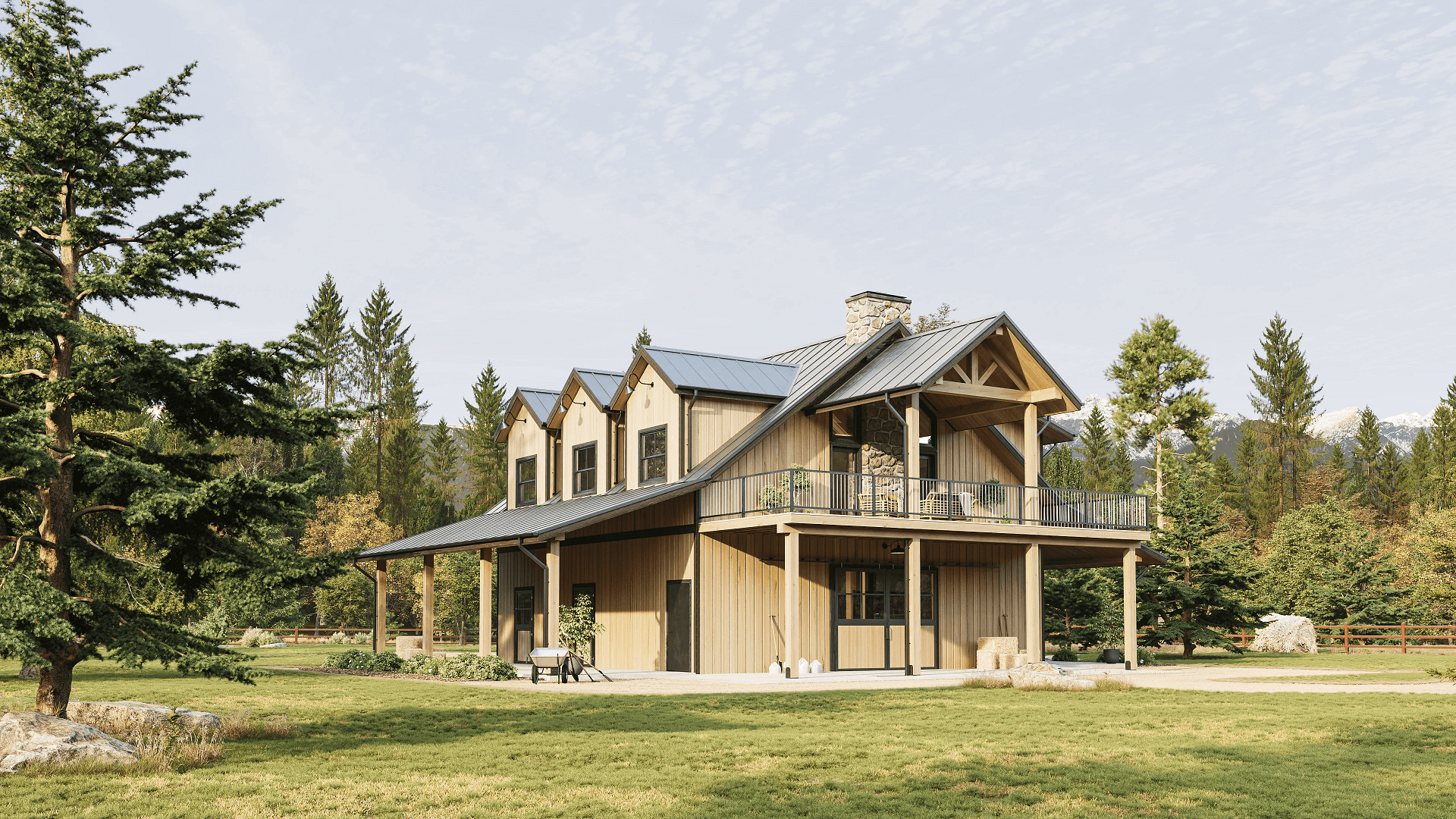Whether you’re an architect, real estate developer, interior designer, or other industry professional, there’s a high chance you work on a tight deadline at times. In such cases, the 3D renders delivery speed can be crucial for your project. The good news is, that whether you commission static images, animations, or interactive presentations, an efficiently composed statement of work can significantly speed up the CGI creation process. Our 3D rendering studio prides itself on speedy delivery. In this article, we’ve gathered seven universal tips you can use regardless of the type of your CGI project. So, want to know how to speed up 3D projects? Dive in!
#1. Specify the Project’s Purpose and Usage

It’s vital to be clear about the purpose for which you need exterior or interior design rendering services. So, let your contractors know whether you intend to use the 3D materials for marketing, investor presentations, sales, building permits, or something else. This helps ensure your 3D visuals are delivered in the right format, resolution, and style. Clarifying the project’s purpose from the start reduces miscommunication and revisions, helping to speed up delivery.
#2. Describe the Target Audience and Their Needs
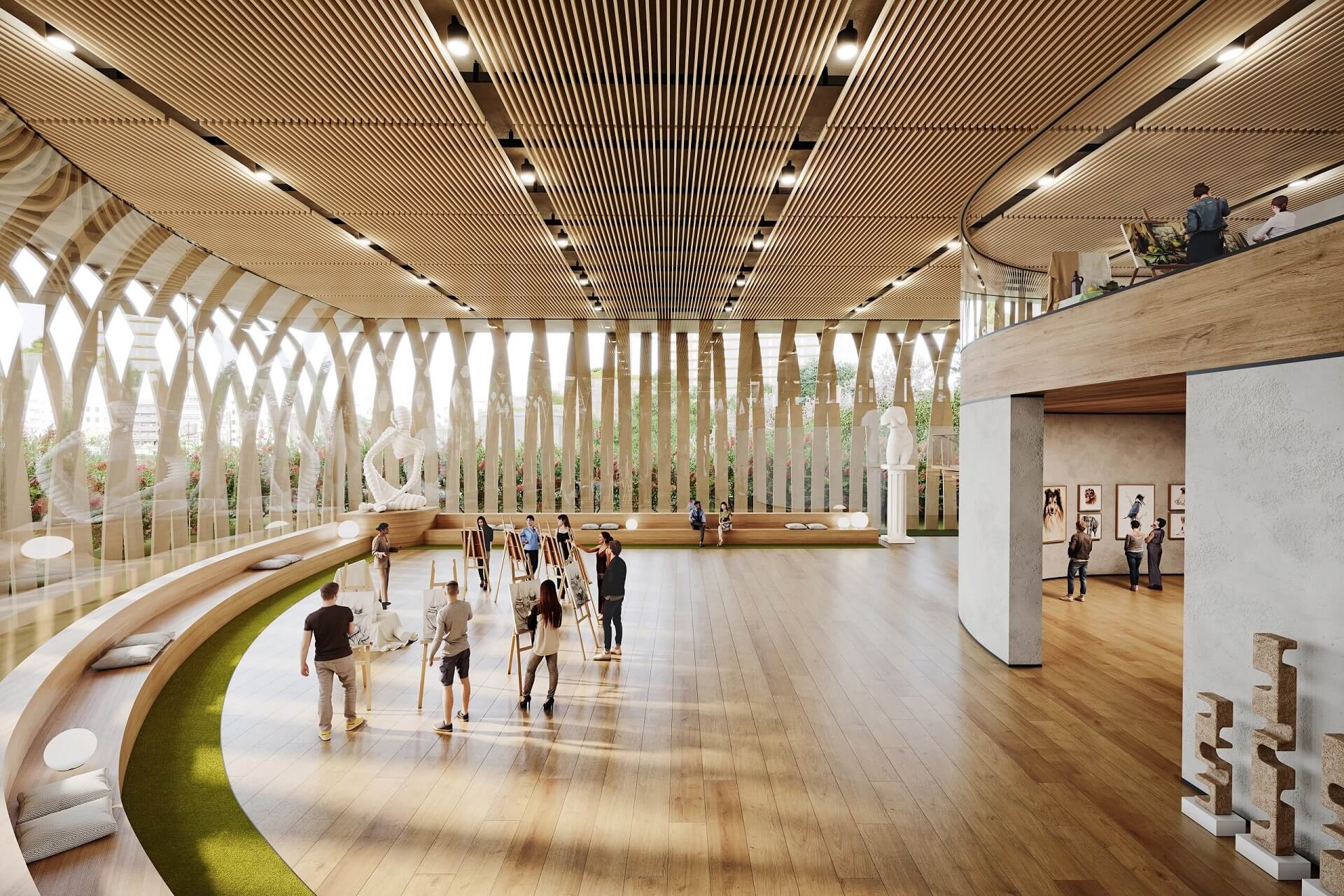
When thinking about how to speed up 3D projects, having a clear understanding of the target audience is vital. So, it’s best to inform your 3D team about your audience’s pain points and expectations. This allows 3D artists to understand how to create visuals that evoke emotions with the intended viewers. In such a way, the speed at which renderings are produced increases, as there is no need for significant revisions. And the ready CGI turns out more impactful, resonating with the specific demands of the audience.
#3. Provide 3D Models If Available
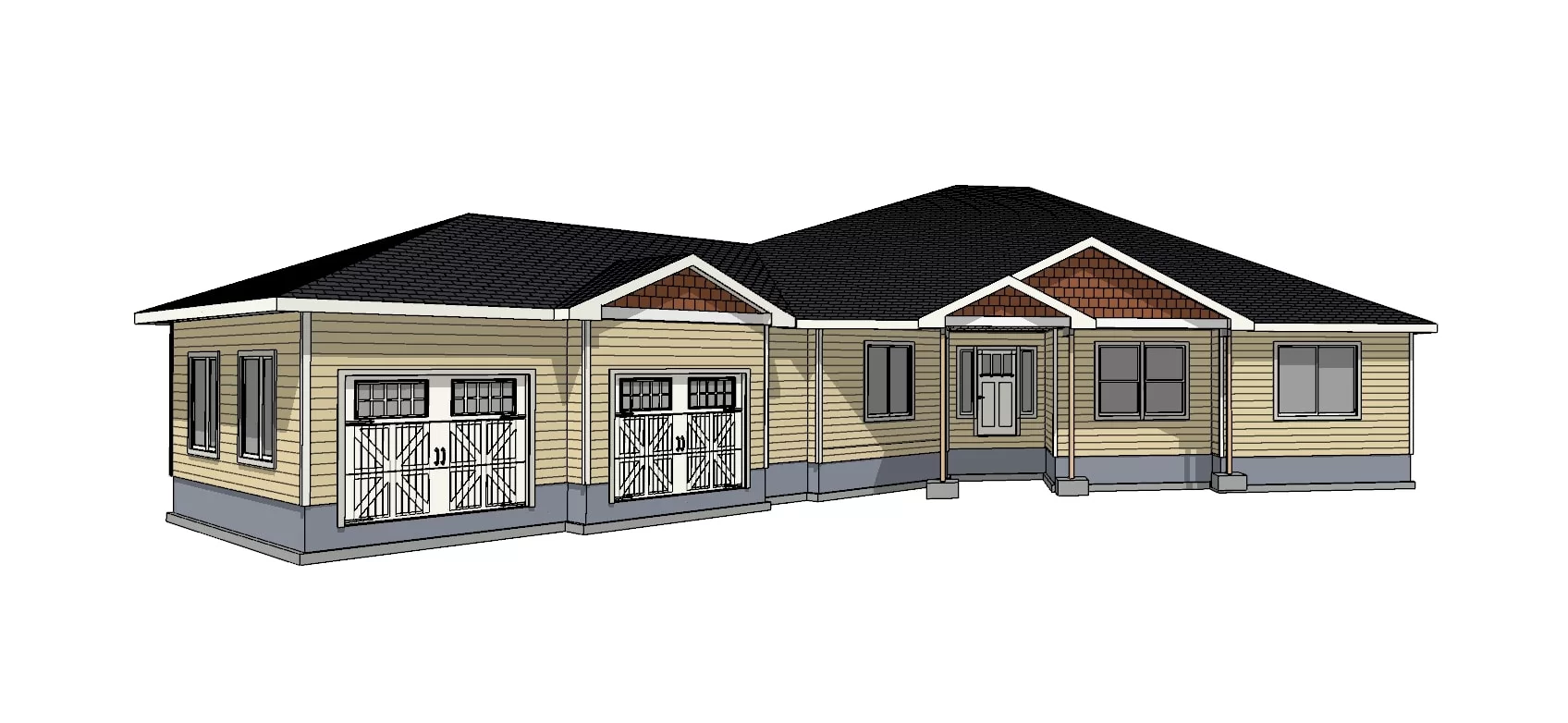
Creating detailed 3D models can be one of the most time- and work-consuming phases of a CGI project. So, if you need to speed up the delivery, it’s always a good idea to provide the existing 3D models if you have those. These can be made using software like Revit or SketchUp. This allows you to both speed up the delivery and ensure higher accuracy. That’s because 3D artists can use such a model as a ready base for further photorealistic visualization instead of modeling everything from scratch first. This reduces the need for potential revisions, streamlining the project.
Get your project estimated in just 1 hour - fill out this brief!
#4. Supply Detailed Drawings and Location References
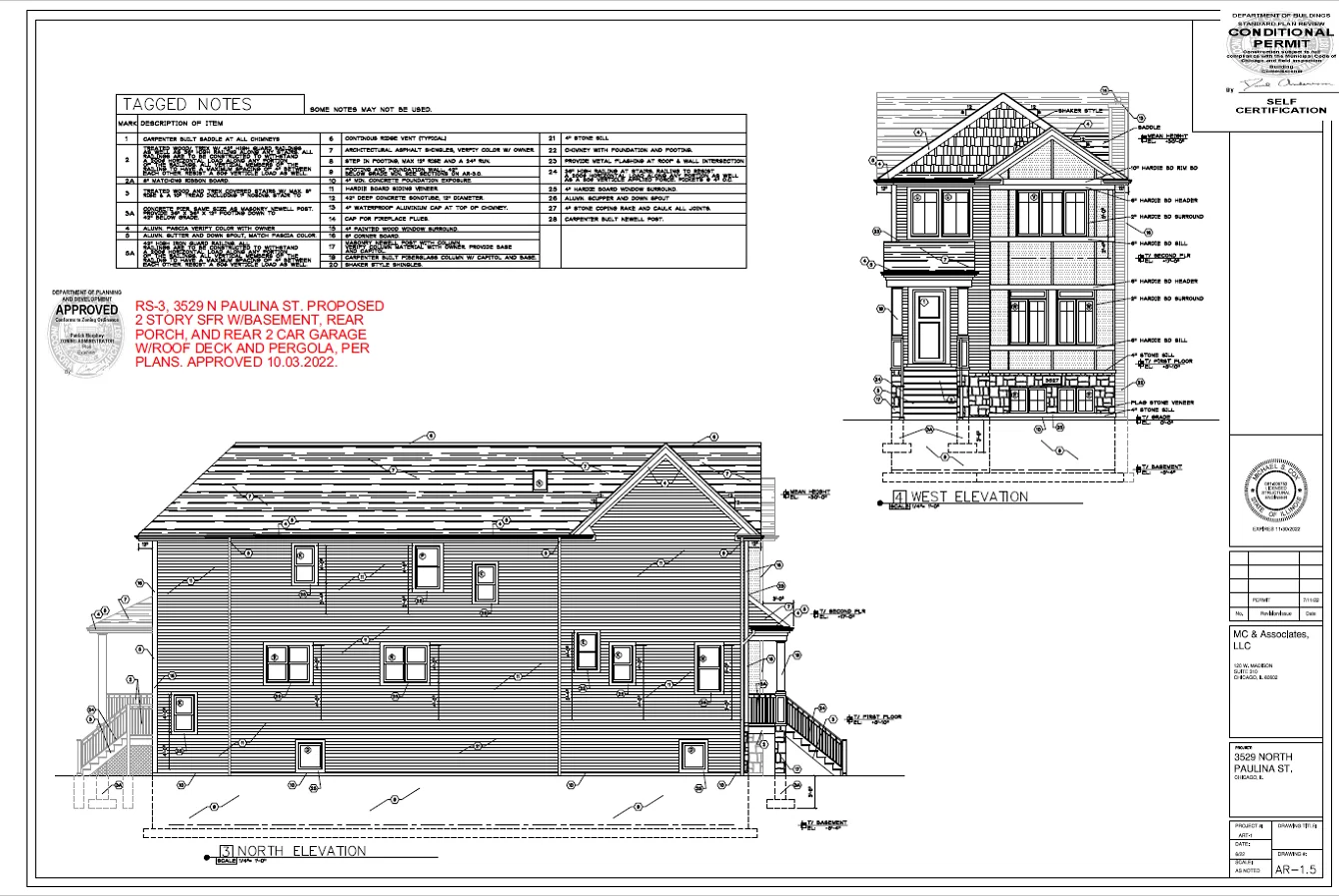
To speed up 3D projects, it’s best to make sure the 3D team has a clear understanding of the design’s details and environment. For this, provide as many drawings as possible. If you need a 3D interior rendering, try to add floor plans, ceiling plans, interior elevations, furniture layouts, and lighting plans. When you commission an exterior 3D rendering, it will be ideal if you submit a site plan, elevation drawings, roof plan, landscape plan, as well as location and context drawings. It’s also a great idea to provide location references: a Google Maps location, photos, and drone footage of the site.
#5. Send High-Quality Textures and Material Samples
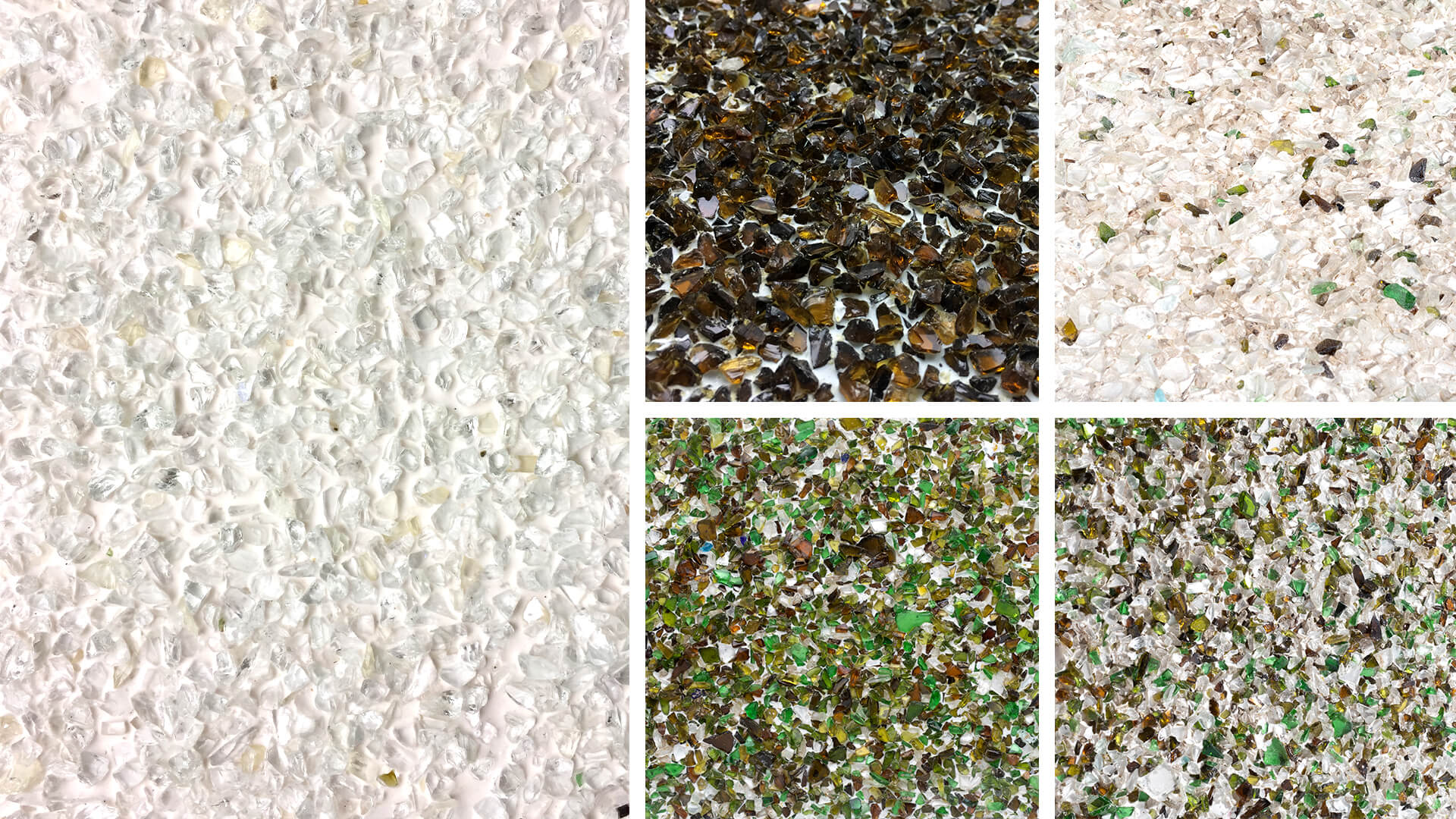
Another answer to the “how to speed up 3D projects” question comes down to textures and material references. By sharing high-resolution images or even sending physical samples of materials, textures, and finishes, you eliminate much of the guesswork in 3D projects. This ensures that materials are created faster and represented accurately. Furthermore, it enhances realism and reduces the time that could have been otherwise spent on revisions.
#6. Highlight Key Features and Focus Points

Pointing out critical aspects of the design that need to be highlighted in 3D rendering for real estate developers allows 3D artists to prioritize these elements from the start. This ensures key architectural or design features are effectively showcased, and there will be no need to change the concept or composition. So, when you’re clear about the selling points of your projects, it helps to improve the overall quality of the final renders and speed the projects up.
#7. Describe the Atmosphere
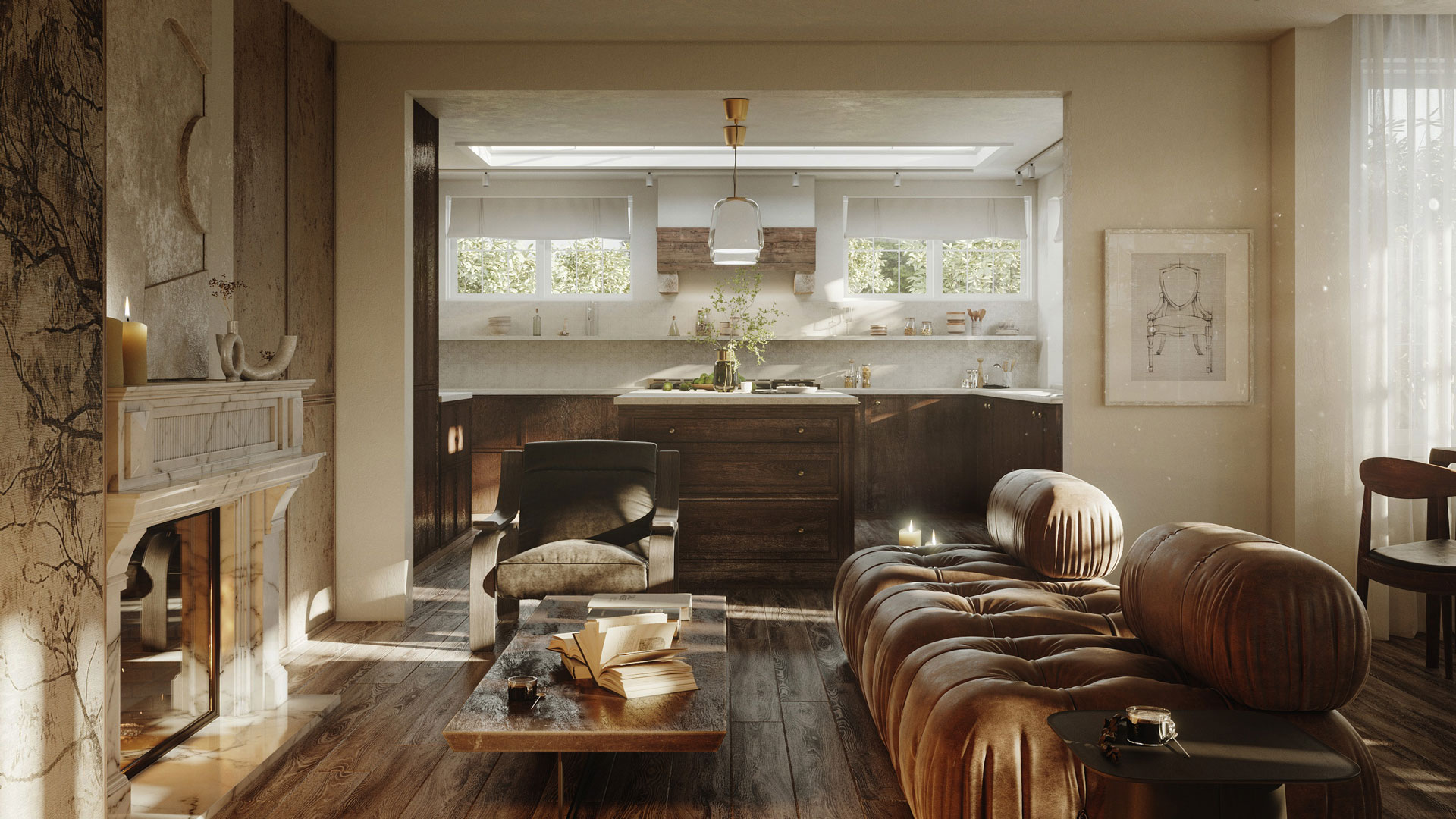
The final tip on how to speed up 3D projects is related to clear communication about the future visuals’ mood. Describing the desired atmosphere, or even better, sending reference images, helps CG artists quickly align the renders with your vision. When providing mood references, specify exactly what you like about them. It can be lighting, weather effects, type of greenery, presence of people or animals, and so on. This clarity ensures that the final CGI evokes the intended emotional response and meets the project’s aesthetic goals, minimizing the need for changes.
Schedule a free demo of 3D solutions for your business
As the AEC industry embraces new technology, high-quality 3D renderings for interior designers and architects are more important than ever. Clear and effective communication with your CGI team is key to making the most of these visuals. By following our tips, along with keeping in touch with your team and providing detailed feedback, you can speed up your 3D projects. In turn, we’re here to provide well-structured SoW forms to help you convey essential information quickly and efficiently.
Looking for a reliable CGI services provider? At ArchiCGI, our custom CRM allows us to store all your requirements, references, and preferences, which helps to speed up each new project and ensure its alignment with your vision. Contact us today to get high-quality 3D visuals at lightning speed!

Stacey Mur
Content Writer, Copywriter
Stacey is a content writer and a CG artist. Outside of work, Stacey enjoys musicals, Star Wars, and art talk. A proud Corgi parent.


